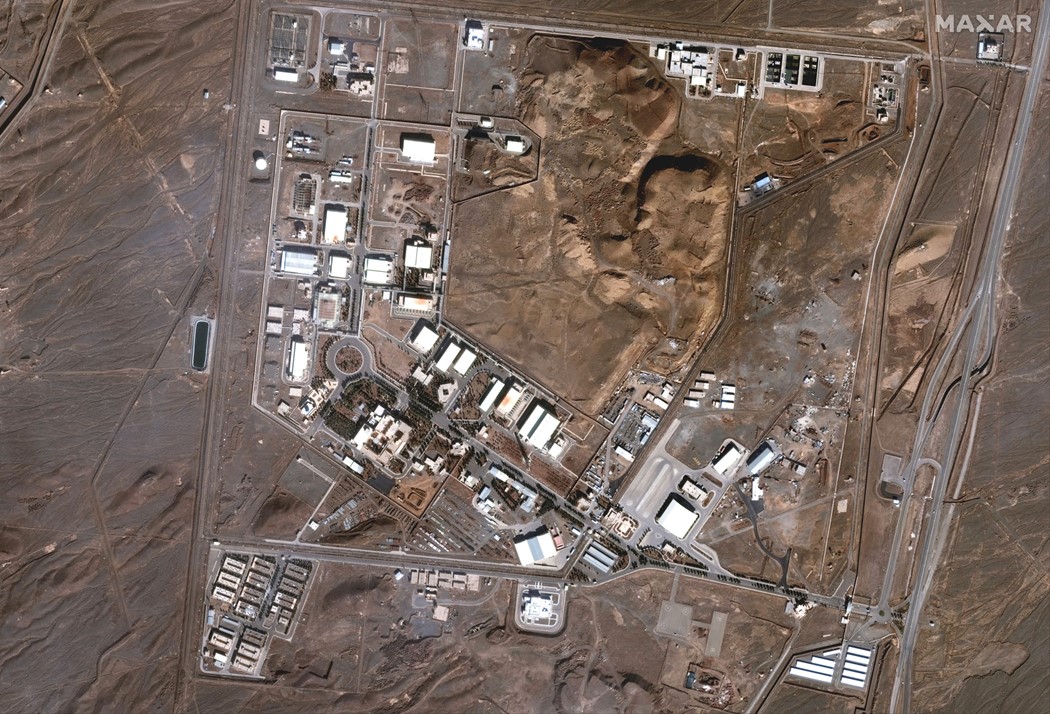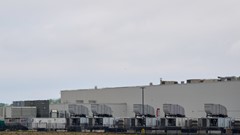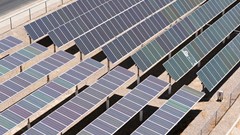Key Iran Nuclear Enrichment Site of Natanz Shows No Sign of Breach
Jun 13, 2025 by Bloomberg(Bloomberg) -- The United Nations atomic watchdog said Israeli strikes destroyed several facilities at Iran’s main uranium-enrichment site of Natanz but not the underground area where uranium enrichment takes place.
International Atomic Energy Agency Director General Rafael Mariano Grossi told the UN Security Council on Friday that centrifuges may still have been damaged because one of the above-ground facilities targeted by Israel was the electrical power supply building.
He said radioactivity levels outside Natanz were unchanged but “there is radiological and chemical contamination inside the facilities.” He also said Iran had reported attacks at two other sites — Fordow and Isfahan — but the extent of the damage wasn’t known.
Grossi’s account was the first official indication of the extent of the damage from Israel’s strikes in the last 24 hours that were intended to cripple Iran’s nuclear program. Israel hasn’t carried out raids against Iran’s Bushehr nuclear power plant on the shore of the Persian Gulf, the authorities said.

Israel’s Prime Minister Benjamin Netanyahu has said the attacks “will continue for as many days as it takes to remove this threat.”
The Israeli Air Force said in a statement that the Natanz strike hit an underground multistory chamber with centrifuges, electrical rooms and other infrastructure. Targets included equipment key to the site functioning, it said.
Only the strongest conventional munitions are capable of penetrating Iran’s enrichment sites. The Natanz facility was built more than 40 meters (131 feet) underground and is protected by a steel and concrete shell, which researchers estimate to be some 8 meters thick. Similarly in Fordow, the enrichment hall is built into the side of a mountain. After a recent visit, Grossi estimated the hall is a half kilometer below the surface.
Addressing the agency’s board of governors in Vienna, which convened this week to discuss Iran’s nuclear work, Grossi said he’s “deeply concerned” by Israel’s military action. The attack breaches international legal norms, Grossi said, urging “maximum restraint” by both countries.

There are still plentiful above-ground targets including power lines, transformers, labs and testing facilities. Choking off the flow of electricity is likely to have already forced Iran to begin the procedure of bringing centrifuges to a halt — that process to stop the machines, which spin at supersonic speeds to separate uranium isotopes, can take days.
The IAEA said in a statement that its inspectors are still in the country, and it’s in touch with Iranian authorities about potential radiation releases. Iran warned the agency in a May 22 diplomatic note that it would take “special measures” to protect its stockpile of nuclear material in the event of an Israeli strike.
Last year, the agency conducted more than 400 inspections in Iran, keeping track of the Islamic Republic’s uranium stockpile to gram levels.
(Updates with IAEA statement, in the third paragraph.)
©2025 Bloomberg L.P.
By


















